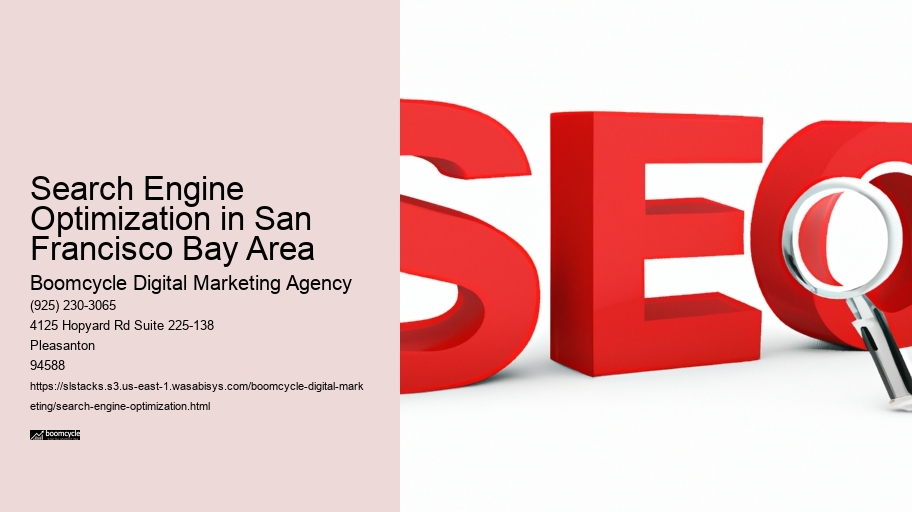
Search Engine Optimization in San Francisco Bay Area
Internet Marketing
In the competitive landscape of the San Francisco Bay Area, where businesses are vying for online visibility, search engine optimization has become an indispensable tool for success. Boomcycle Digital Marketing, a leading agency in the region, offers a comprehensive suite of SEO services designed to elevate a brand's online presence and drive targeted traffic to their website. With a meticulous approach to local SEO, hyper-optimization techniques, and strategic content marketing, Boomcycle has proven to be a valuable partner for businesses seeking to outshine their competitors in the digital realm. But what sets them apart? How do they consistently deliver exceptional results? Let's explore the secrets behind their success and discover how they can help your business thrive in the ever-evolving world of search engine optimization.